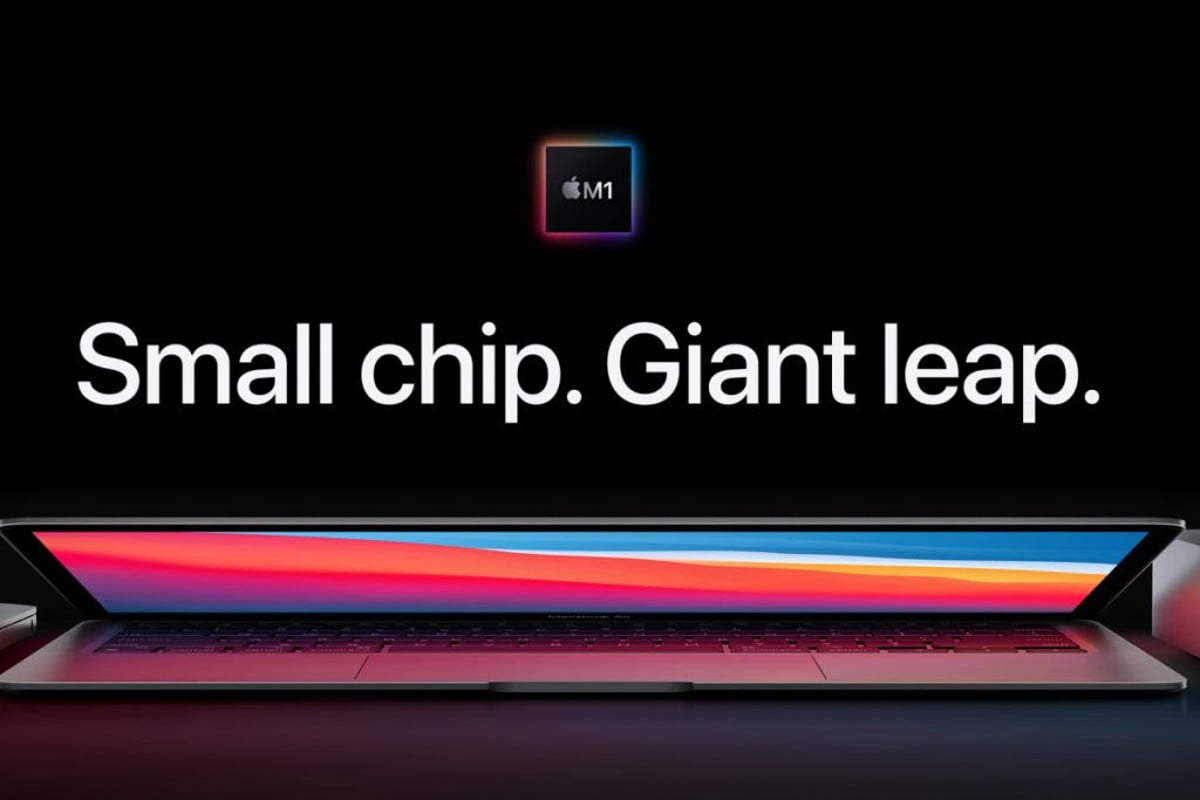Earlier in October, the Cupertino tech giant Apple launched a couple of new MacBook Pro models with its powerful processors. While the processor and other features are the notable highlights of these devices, all eyes are on the notch that is seen on the display of the MacBook Pro. There were speculations if the notch was meant for FaceID but it wasn’t the case. Now, Apple has explained why it doesn’t offer FaceID on its laptop lineup.
Apple Clears Doubts About MacBook
The VP of Mac and iPad product marketing at Apple, Tom Boger, in an interview with The Wall Street Journal, stated that Touch ID is more convenient on a laptop than FaceID as the users’ hands are already on the keyboard. Initially, Apple introduced FaceID with its tenth-anniversary edition, the iPhone X that went official in 2017. This was when the notch was also introduced for the first time. Another major MacBook criticism that is put forward by users and experts is the absence of a touchscreen on these laptops. There are many Windows PC models from brands such as HP, Dell, Lenovo and others that feature a touchscreen panel. Also, the affordable Chromebooks out there too come with such a display. However, Apple has been avoiding the idea of incorporating a touchscreen display on its laptops. An executive detailed that the main reason for this is the iPad. As per the vice president of hardware engineering, John Ternus’ statement to The Wall Street, the company makes the iPad, which is the best touch computer optimised for the purpose. Also, he added that the MacBooks are optimised for indirect input. He added that they do not want to change this and there is no reason for the change. Notably, the iPad Pro, which is equipped with the M1 chipset is touted to be much faster than many Windows PCs out there. Also, the iPad Pro comes with FaceID and lets users add a separate Magic Keyboard but this misses out on the TouchID. Microsoft and Intel have taken a dig against Apple as its Macs miss out on the touchscreen panel. Probably, the absence of a notch on the MacBooks could be the next target.
